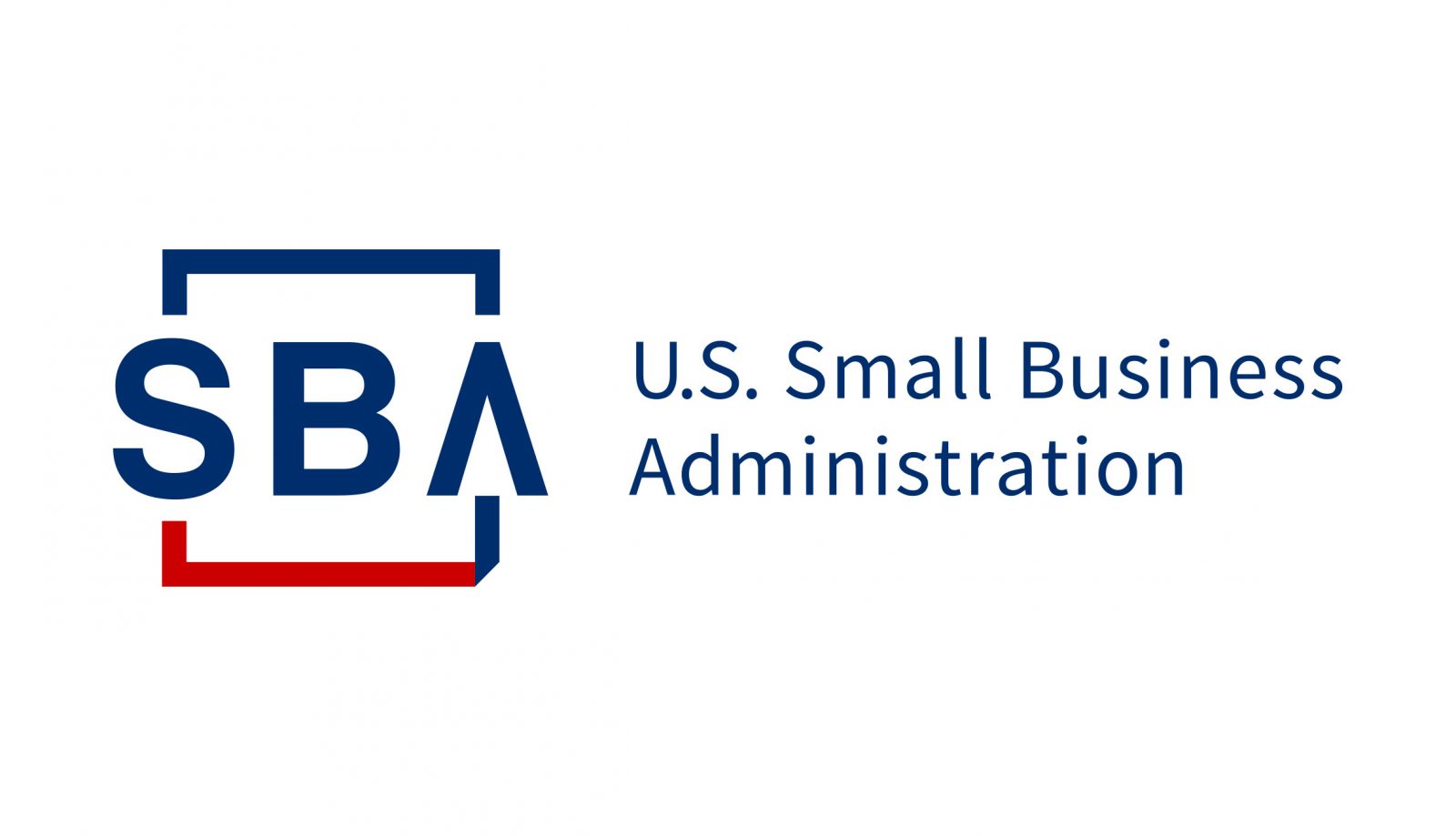In response to the PPP Flexibility Act of 2020, signed into law by President Trump on June 5, 2020, the U.S. Small Business Administration (SBA) posted a revised, borrower-friendly Paycheck Protection Program (PPP) loan forgiveness application. In addition to revising the full forgiveness application, SBA also published a new “EZ version” of the forgiveness application. “These changes will result in a more efficient process and make it easier for businesses to realize full forgiveness of their PPP loan,” states the SBA’s official press release.
EZ Forgiveness Application
The EZ version of the application applies to borrowers who:
- “Are self-employed and have no employees; OR
- Did not reduce the salaries or wages of their employees by more than 25%, and did not reduce the number or hours of their employees; OR
- Experienced reductions in business activity as a result of health directives related to COVID-19, and did not reduce the salaries or wages of their employees by more than 25%.”
In contrast to the regular application, the EZ application requires fewer calculations and less documentation for eligible borrowers. Interested applicants can find more detailed information about the applicability of these provisions in the EZ application form. Both applications give borrowers the option of either using the original 8-week covered period, or the extended 24-week covered period, as offered by the PPP Flexibility Act (explained in full below).
Click here to view the EZ Forgiveness Application.
Click here to view the Full Forgiveness Application.
The PPP Flexibility Act
According to the PPP Flexibility Act, the SBA will now forgive loans received through this program if businesses disburse their PPP funds within 24 weeks, and if 60 percent of the funds are used for payroll. The other 40 percent can be used for rent, mortgage interest, utilities and other costs.
Changes by the PPPFA, include:
- Extending the “covered period” during which businesses must disburse their PPP funds from eight weeks to 24 weeks (although businesses with PPP loans can opt to retain the eight-week covered period);
- Reducing the proportion of PPP funds that must be spent on payroll in order for the loan to qualify for forgiveness from 75 percent to 60 percent; and
- Amending some CARES Act PPP provisions to extend:
- The period for which funds may be repaid to five years;
- The loan deferral period authorized in the CARES Act to ten months from the end of the loan’s covered period; and
- The deadline for rehiring individuals to June 30, 2020.
These changes to the PPP follow two Interim Final Rules (IFRs) issued by the SBA that went into effect May 28, 2020, which you can read here.

 Login
Login

